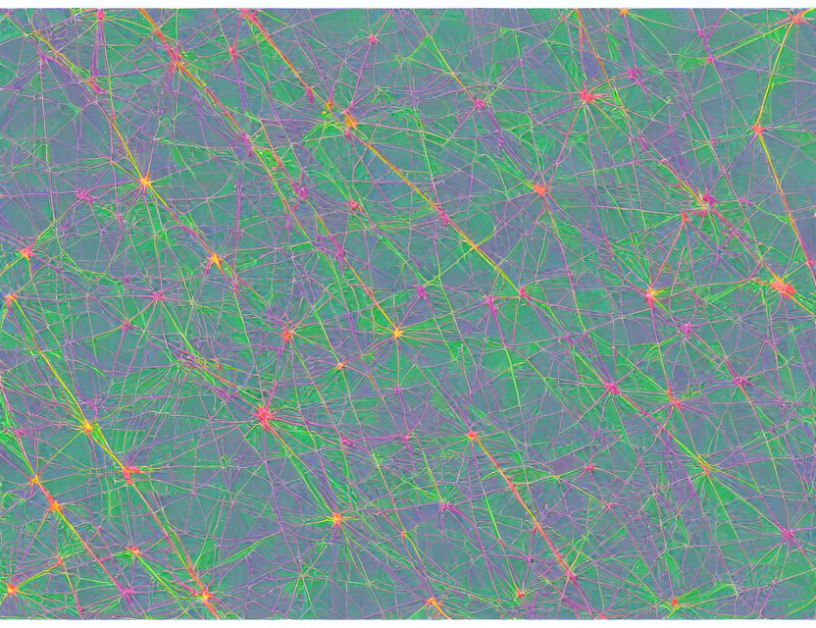In this article, we delve into the realm of graph isomorphism and SAT (Boolean Satisfiability) encoding, exploring their connections in various contexts. Graph isomorphism is the concept of identical-looking graphs, which can be problematic in certain applications. To address these issues, SAT encoding comes into play. SAT encodings are used to transform a graph into a set of Boolean variables, simplifying the search for graph matches. By leveraging the concepts of inclusion variables and at-most-one constraints, we can efficiently solve graph matching problems.
The article begins by introducing graph isomorphism and its significance in various applications. We then transition into SAT encoding, highlighting its role in simplifying graph matching issues. The article delves into the details of inclusions variables and at-most-one constraints, demonstrating how they can be used to create efficient SAT encodings.
Inclusion variables are introduced as a means of encoding if some nodes in the original graph map to specific nodes in the target graph. This allows us to determine which nodes need to be matched between the two graphs. At-most-one constraints, on the other hand, ensure that each node in the target graph is linked to at most one node in the original graph.
The article concludes by demonstrating how these concepts can be applied in various contexts, including malware classification and database matching. By leveraging SAT encodings, we can efficiently solve complex graph matching problems, making it easier to identify patterns and connections between different data sets.
Everyday Analogy: Graph isomorphism can be likened to a puzzle where two seemingly disparate images are actually identical once you rotate them the right way. SAT encoding is like a magic lens that helps us focus on the relevant parts of the puzzle, making it easier to find the matching pieces.
In conclusion, this article provides a comprehensive overview of graph isomorphism and SAT encoding, demonstrating their interconnectedness in various applications. By leveraging these concepts, we can simplify complex graph matching problems, leading to more efficient problem-solving strategies.



